When spring starts, this is the most common question of lawn owners, especially beginners. They can’t decide when to start mowing the lawn.
It is necessary to know the right time for mowing to avoid putting the grass under stress and affecting its growth. Unfortunately, there is no fixed time to mow your lawn in spring; you need to determine the perfect time on your own.
Let’s understand when to start moving the lawn in spring by doing some simple inspections, tests, and observations. It will help you know the ideal time for the first mowing in spring. We will also share some best practices and the step-by-step method to perfectly mow your lawn when the spring season starts.
When You Should Start Mowing Your Lawn in Spring?
Before you think about mowing your lawn in spring, you should consider the following factors.
When You See the Growth
You shouldn’t mow your lawn until you see visible growth. Your lawn could be dormant, and it’s necessary to ensure the grass is active and ready to grow.
Keep in mind that not all parts of your lawn will grow evenly. Some might grow faster, while some might take some time.
However, when you actually see some growth anywhere in your lawn, you are ready to mow. You can mow your entire lawn, even if some of the parts have not grown yet. That’s because you don’t want the grass that has started growing early to be overgrown. You need to maintain it so that you can have an even lawn.
You can also wait until you see one-third to one-half green. Once there is enough growth, you can start mowing.
The Right Month
There is no hard and fast rule to mow your lawn in a specific month of spring. Because it depends on the place you live.
You need to focus on the growth of the lawn, not the month, as it can vary. In some areas of the US, grass growth can start from February, and in some areas, it could be the start of April. However, in most cases, it would be March.
Lawn owners usually have an idea when their lawn starts to grow. But if you are a new lawn owner, you need to pay special attention to notice the growth in the first year.

The Perfect Height
Often, lawn owners pay attention to the grass height to know if it is the right time to mow the lawn in spring.
When you notice the grass is about 3 inches in height, you can think about mowing. However, it is recommended not to cut grass too short. After cutting, the height should be 2.5 to 3 inches. Otherwise, you’ll expose the grass and roots to diseases and pests.
The best is to mow when the grass reaches about 1.5 times the desired height. For instance, if you want 3 inches as the final height, you should mow when it’s 4.5 inches. It means when certain parts of the lawn reach this height, you can start mowing.
You don’t need to wait for the whole lawn to have the exact height. Because the fast-growing area will be overgrown at that time.
Check the Soil Temperature
Soil temperature is by far an accurate indicator. You can’t go wrong with it. Your grass needs an adequate temperature to grow, and when the soil reaches that temperature, you know your grass has woken up.
The right temperature required for active growing depends on the type of grass. If you have cool-season grasses in your lawn, such as Bluegrass and Fescue, 40°F – 45°F is the perfect temperature for mowing. These grasses can actively grow in this temperature. Thus, they can be cut in the early spring season.
On the other hand, warm-season grasses require a higher temperature, which is usually 65°F – 70°F. They need a warmer soil to start actively growing. That’s the reason these grasses need more time.
For checking the soil temperature, you can use a kitchen thermometer. Select a suitable place in your lawn to observe the temperature. It shouldn’t be near a concrete driveway/wall or under shade.

Push the thermometer 2-3 inches deep into the soil. Let the thermometer capture the reading. It’s better to take readings for three consecutive days before arriving at a conclusion.
You can also look for a local cooperative extension service that provides daily or weekly average soil temperature data.
Make Sure the Lawn is Not Wet
Even if everything is right, such as the temperature and grass height, you need to ensure the grass is not wet.
You can’t mow a wet lawn because of mower clogging, uneven cuts, soil compaction, disease spread, safety issues, etc.
You should wait and let the grass dry. You can cut your grass in the morning after the morning dew evaporates. It’s the best time to cut the grass without exposing yourself to the scorching sun.
If it’s a wet spring, you should mow the grass for a few days and let it dry. It will be more appropriate to cut the grass at that time.
Check out how to tell if the grass is dry enough to cut.

Best Practices for the First Spring Cut
If you are ready for the first spring cut, keep the following best practices in mind.
The One-third Rule
As discussed earlier, you shouldn’t cut grass too short. Never go below three inches in the first cut if you want to protect your grass.
The one-third rule also applies here. You can cut one-third of the grass height in one go. Do not overdo it, as it can adversely affect the lawn.
If the grass has grown too long during winter, do not cut it once. Follow the one-third rule and reduce the grass height in multiple mowing sessions.
For instance, if the grass is 6 inches long, cut 2 inches only in the first cut. It will leave a 4-inch-tall grass. In the next session, you can cut 1.33 (one-third of 4) inches from the top, and it will leave the grass at 2.67 inches, which is an optimal height.
Never mow too much to avoid putting your lawn under stress. Go one-third every time, no matter if it’s your first spring cut.
Further reading: What is the best height to cut grass?
Grass Clippings
When you mow, you are left with grass clippings. And you might be confused about throwing it away or leaving it on the lawn.
When you follow the one-third rule, the grass clippings are short. You can leave them on the lawn as they decompose naturally and return nutrients to the soil. It’s completely safe.
However, if you are cutting too much and the clippings are long, it is better to bag them and dispose of them. Do not leave them on the lawn as they block sunlight from reaching the soil. It will create a favorable environment for fungus and mold.

Fertilization
After mowing, you might think about feeding your lawn with fertilizer to help it grow faster. But it’s better to avoid fertilization immediately after the first mowing.
Wait until the grass actively starts growing in most parts of your lawn. Typically, it will take 3-4 more mows to get the lawn ready for fertilization.
When you wait for some time, you give time to the roots and let them grow stronger. Once the roots have established well, you can give your lawn a starter fertilizer.
How to Mow Your Lawn in Spring?
Clean Up
Before you do anything, you should clean your lawn and clear every mess. Get rid of sticks, rocks, toys, leaves, etc. Clean the lawn so that you can mow it without any hassle.
Use a rake to get rid of leaves and sticks.
Sharpen the Blade
It is important to use a sharp blade to mow your lawn. It will provide you with a clean cut. Otherwise, the blade will tear up the grass and make it vulnerable to diseases.
If the blade is dull, you need to take it out carefully. Then, you can sharpen it with a rotary grinder, angle grinder, or mill file.
But if the blade is damaged, it’s better to replace it.

Set the Height
We have already discussed the height you should go with for your first cut. Follow the one-third rule and set the height on your mower.
Carefully inspect the current height of the grass, and cut one-third in the first mow.
Start Mowing
Once everything is ready, you can start mowing.
Cut every part of the lawn, no matter if it is undergrown or overgrown. Cut everything to ensure even height in the next few cuts.
A Smarter Way to Mow Lawn in Spring–Navimov Robic Lawn Mower
A robotic lawn mower can automate lawn mowing. You don’t have to push a mower or spend time mowing your lawn. Just set a schedule and the mower will do its job.
Navimow offers a wide range of robotic lawn mowers for different-sized lawns. For instance, the Navimow i Series offers AI-powered robotic lawnmowers. They understand the terrain, detect obstacles, and automatically mow your lawn with perfection, even intricate edges.

It is intelligent enough to mow your lawn according to the weather conditions. It monitors real-time weather forecasts and stops mowing if there is any significant change in the weather. It protects your lawn and ensures its optimal health.
The mower is extremely quiet, and it does not disturb family members and neighbors. It quickly finishes the job and gives you real-time updates on the connected devices. Get a Navimow robotic lawn mower and make lawn maintenance hassle-free.
FAQs
When should you first cut the grass after winter?
After winter, you need to wait until the grass starts actively growing and the soil temperature reaches the optimal point. It’s the right time to cut your grass, and depending on the place you live in, the month could be February, March, or April.
How early is too early to start cutting grass?
When you cut your grass as soon as spring starts, it’s too early. The grass will come under stress and won’t be able to grow properly. It’s better to wait until the grass becomes active and starts growing.
What is the 1/3 rule for lawns?
The 1/3 rule is for cutting the grass one-third of its actual height. If the grass is 6 inches tall, you can cut 2 inches and leave 4 inches. It is an excellent rule to avoid over-mowing.
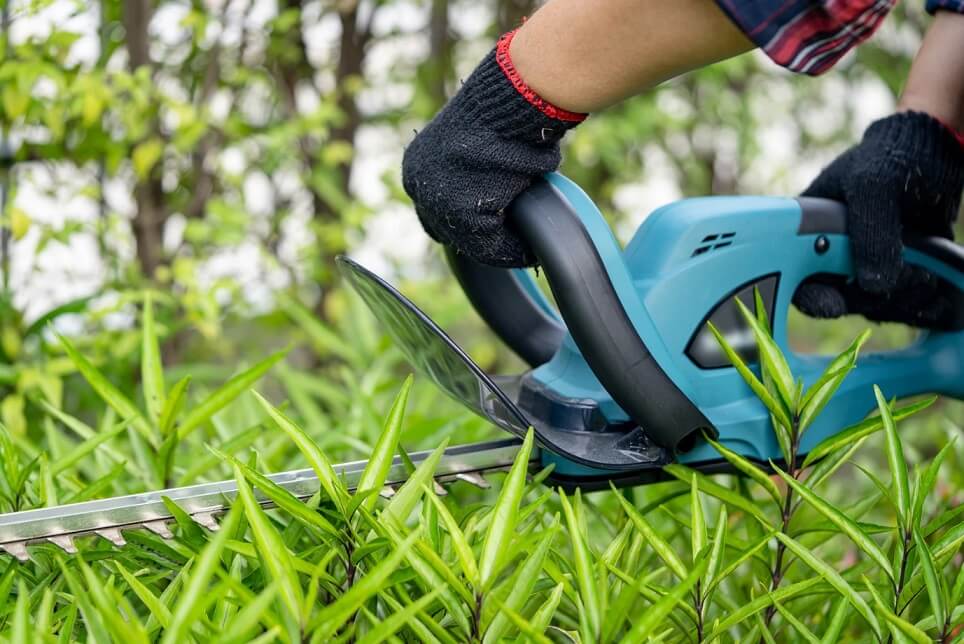
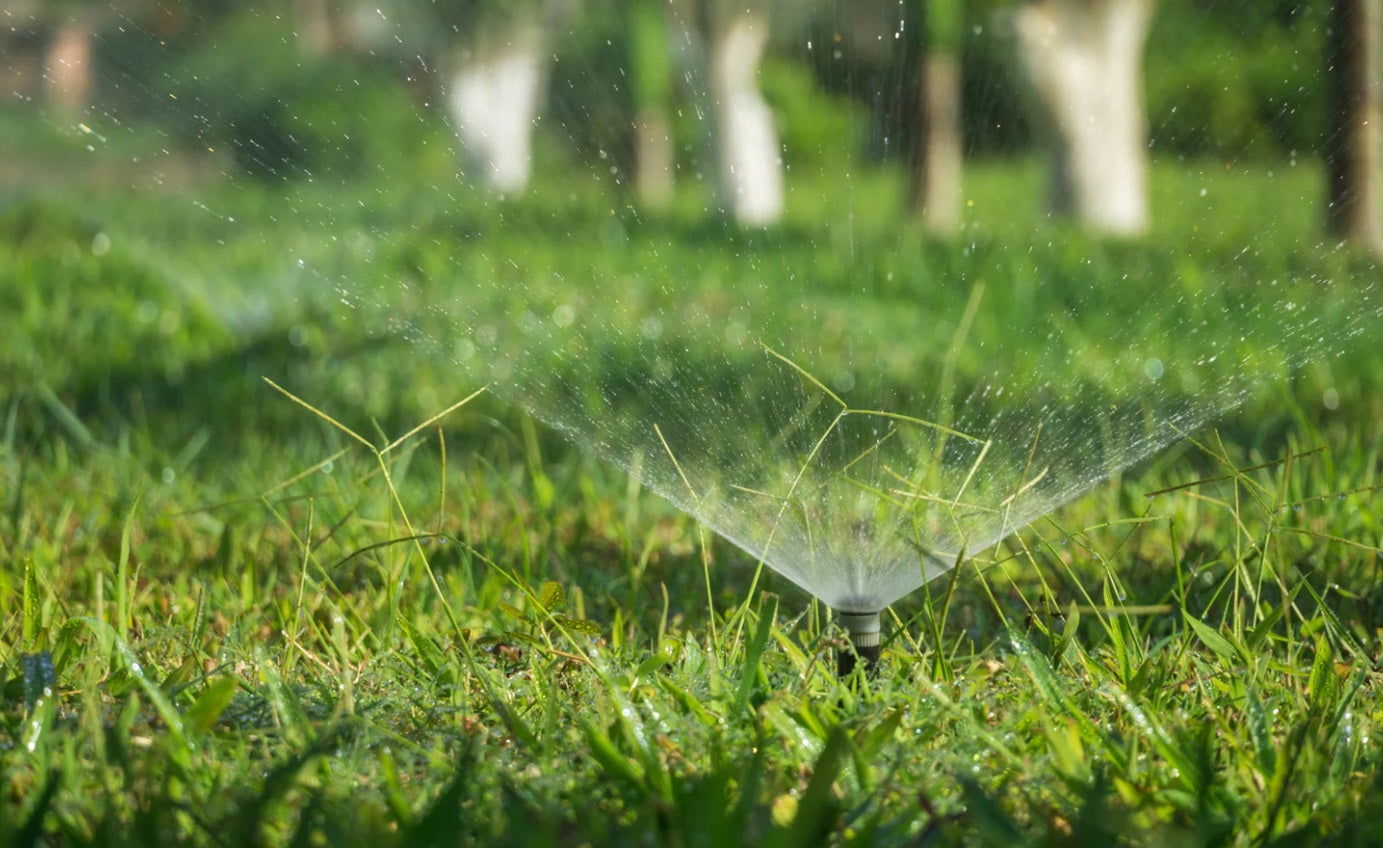
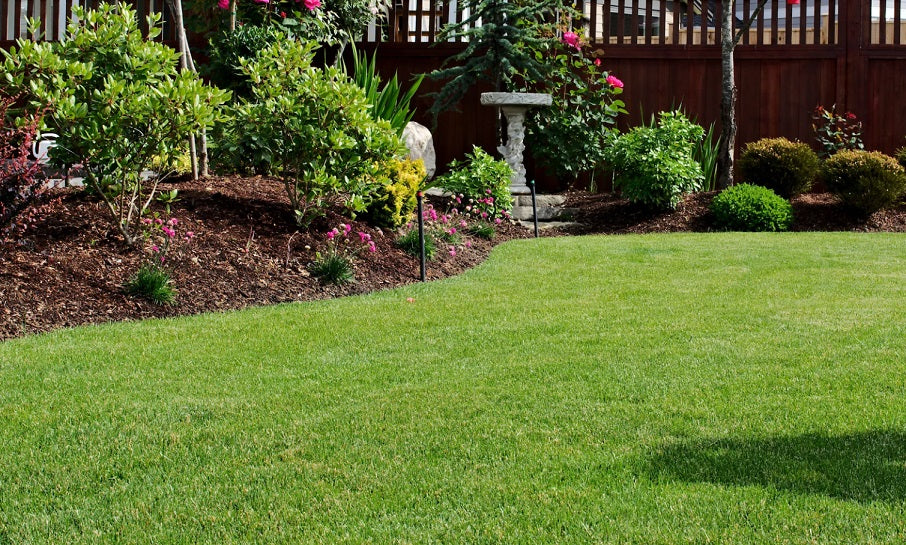
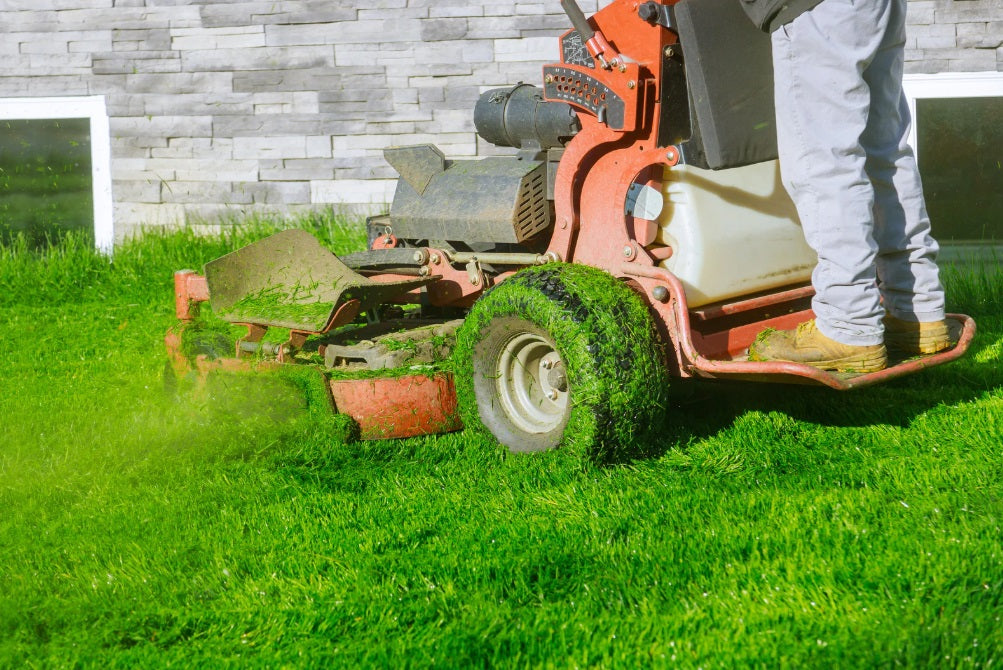
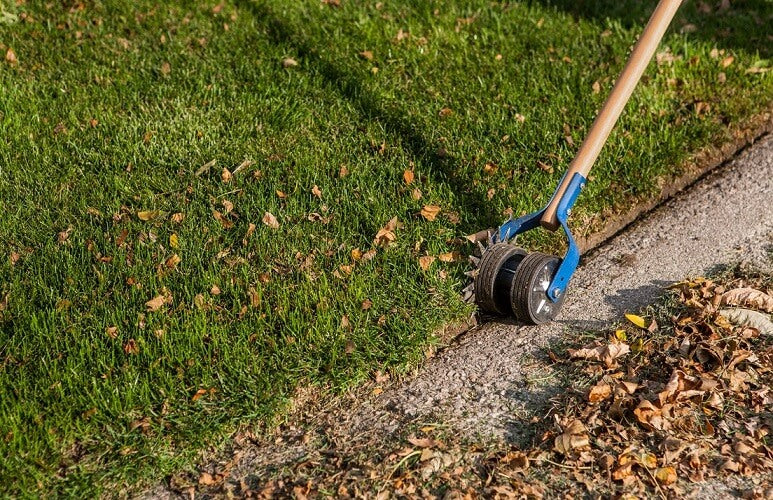
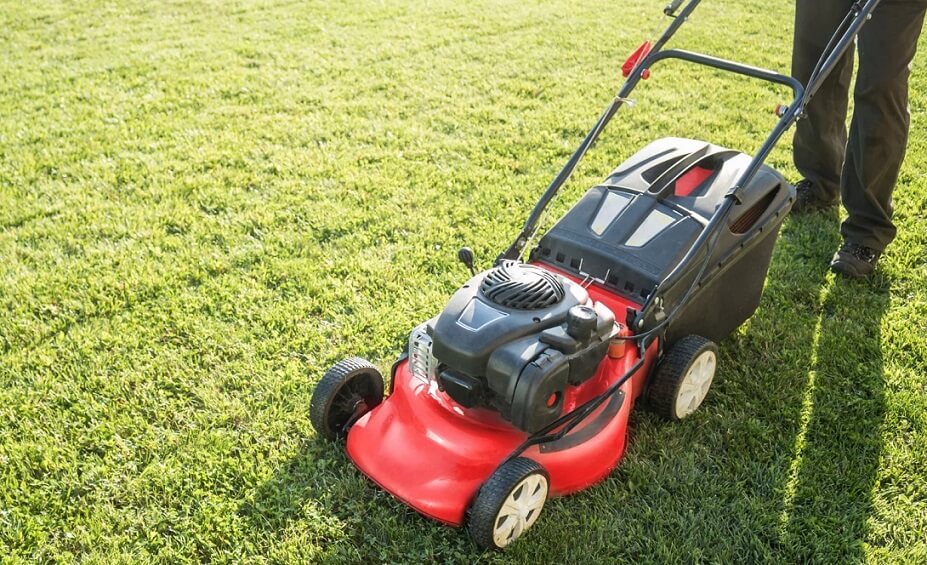
Share: